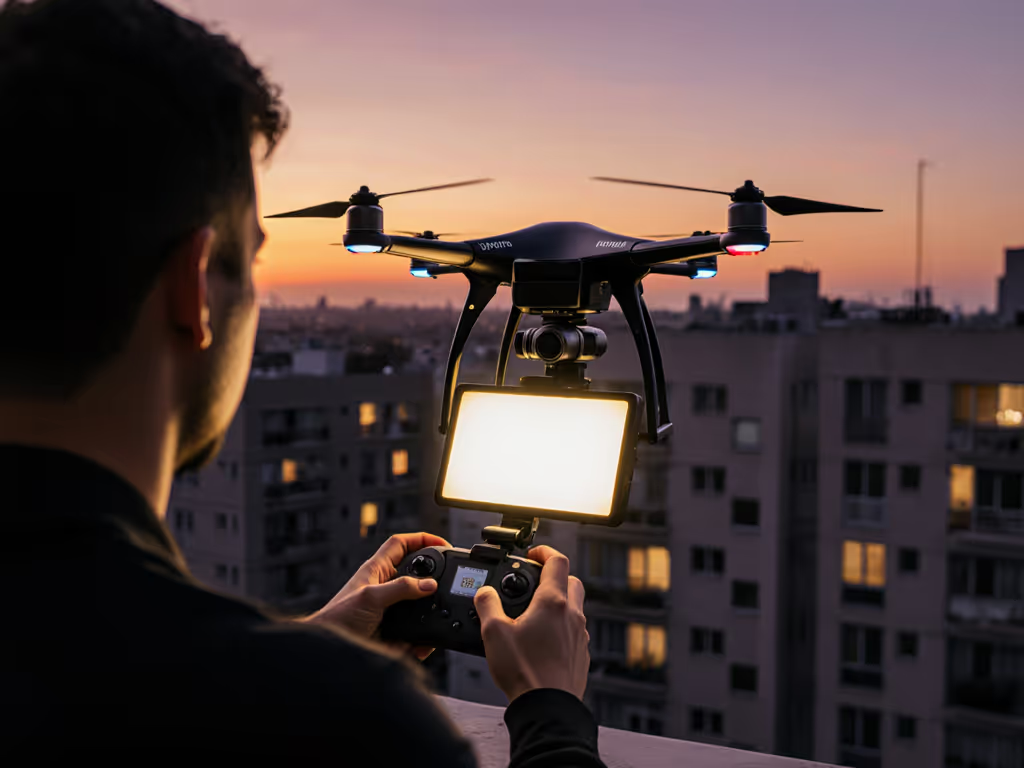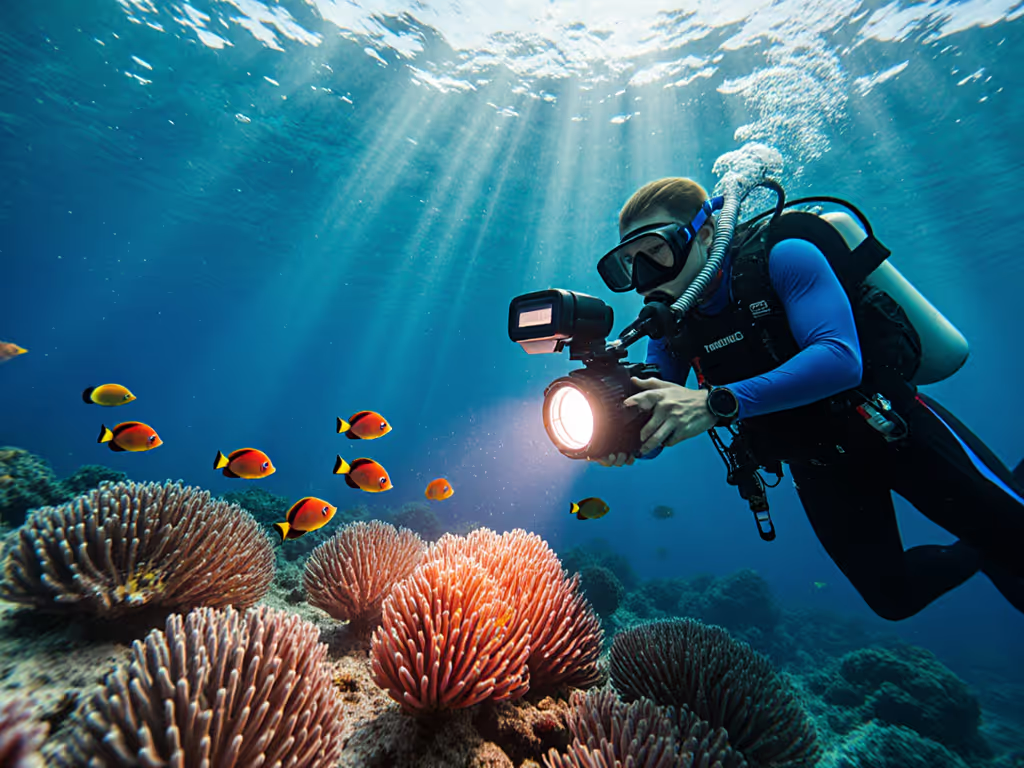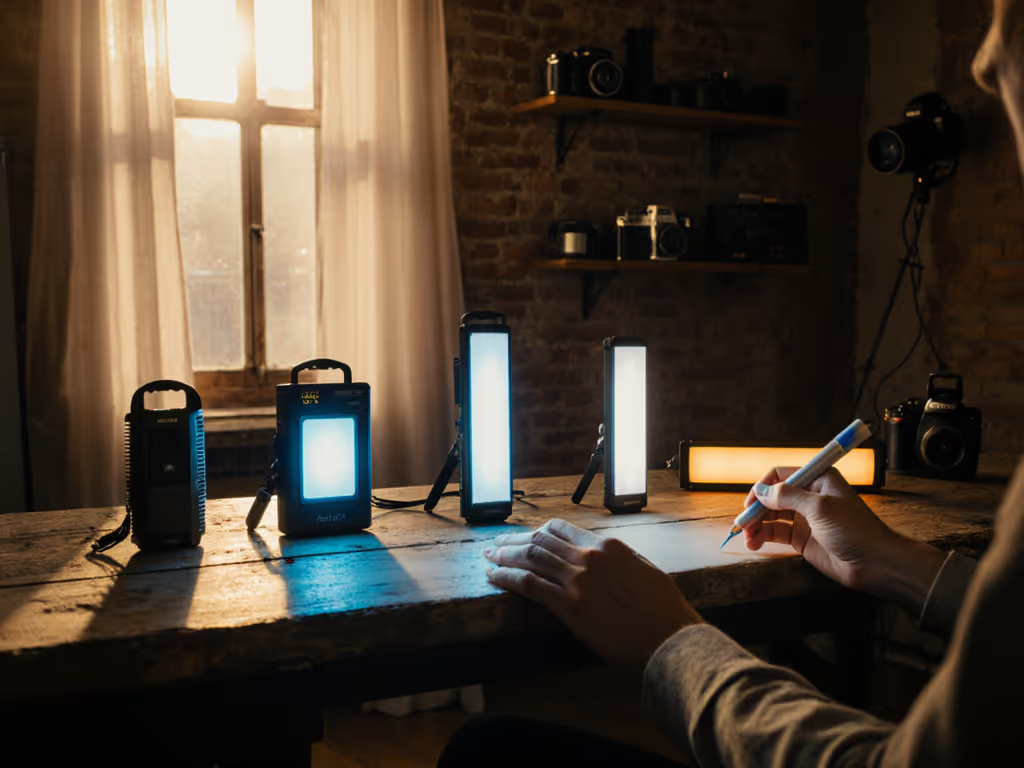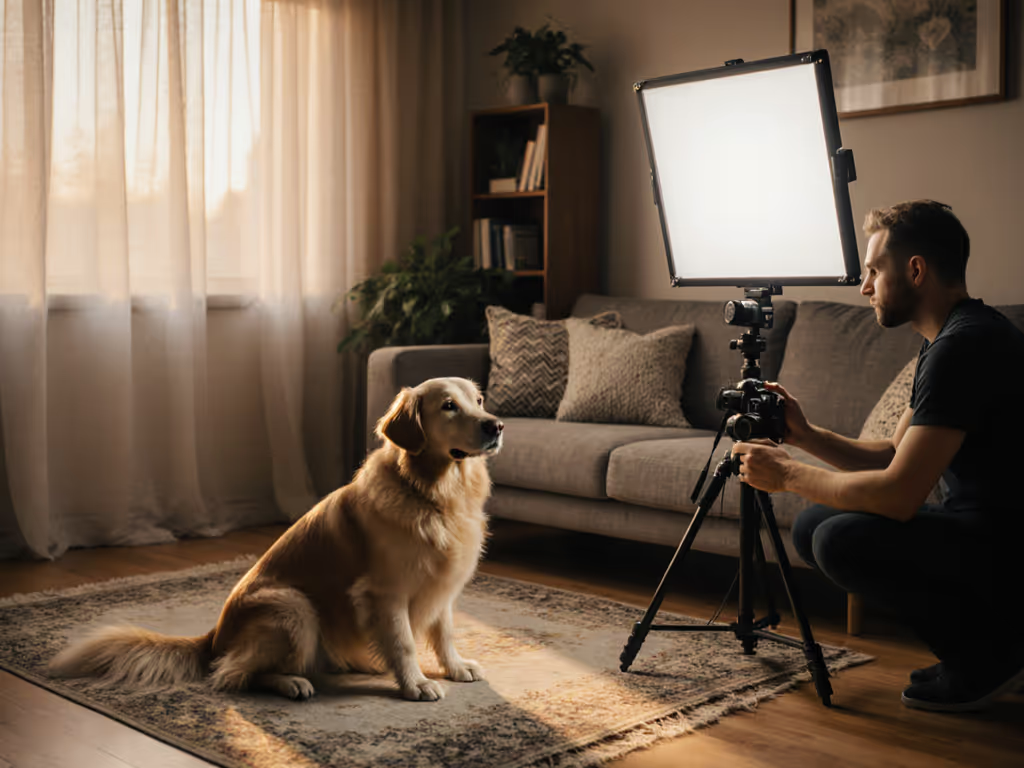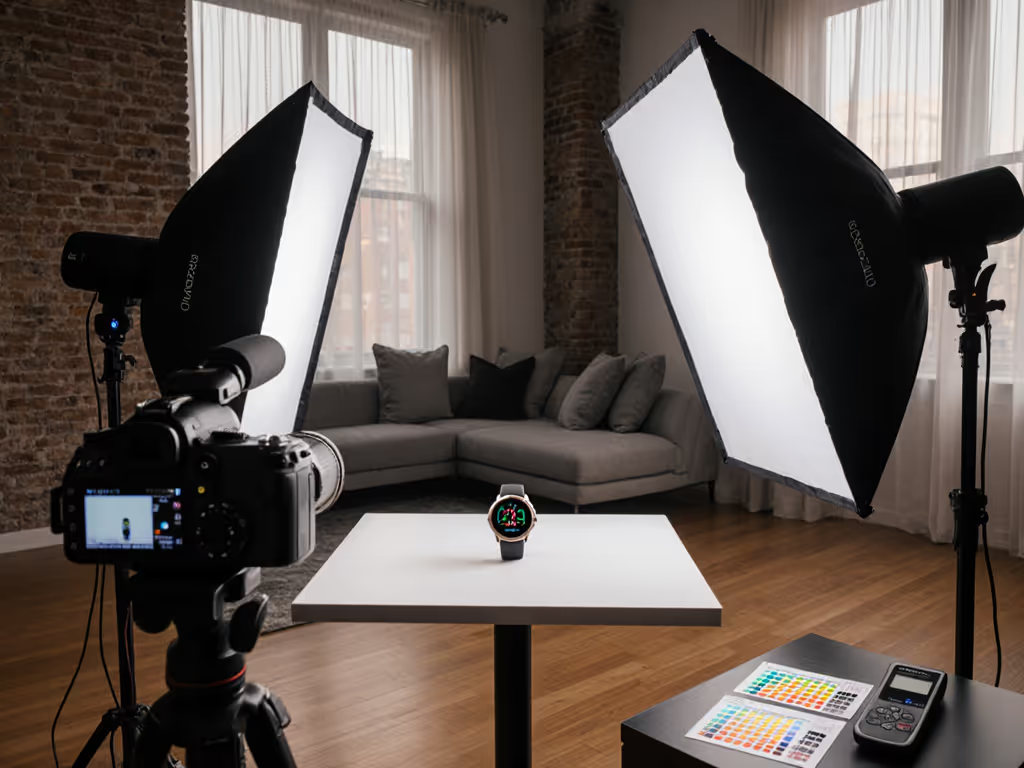
Hybrid Video Lighting Panels: Best CRI for Skin & Product Shots
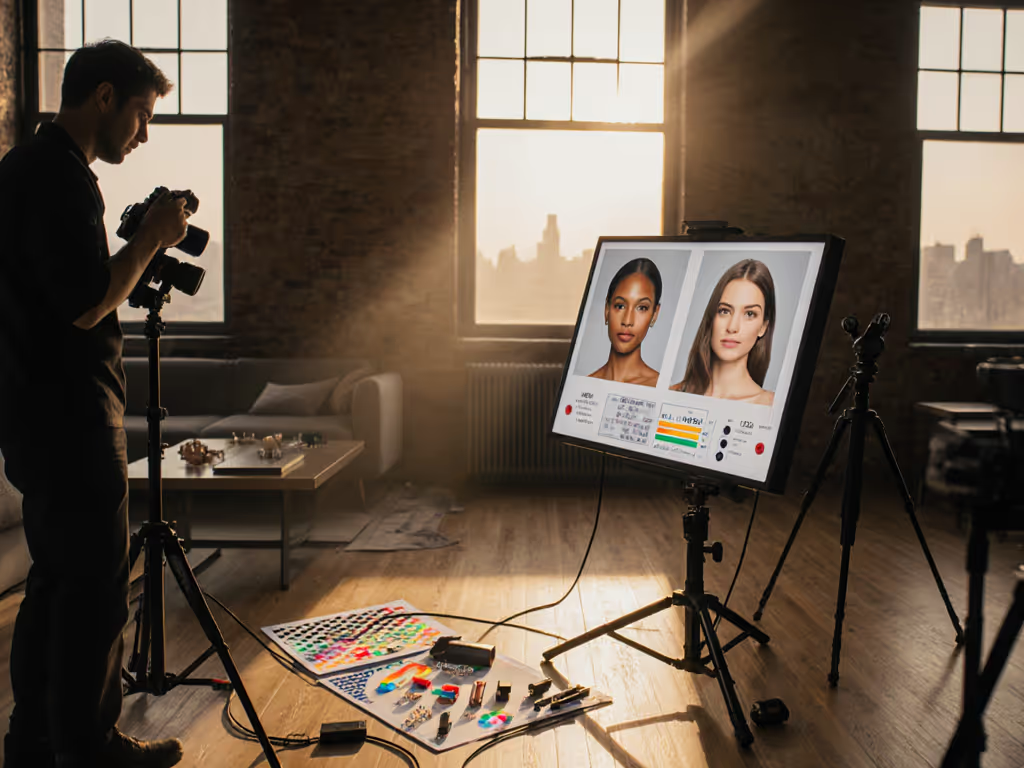
When your battery-powered video lighting panel saved a silent vows ceremony after the venue's AC reset killed house power (keeping skin tones true and noise floor flat), I knew hybrid photo video lights weren't just convenient. They're non-negotiable for creators who can't afford color shifts or fan noise ruining take one. In tight rooms with mixed outlets and zero margin for error, quiet is a feature. Let's dissect what actually matters for skin-flattering, product-accurate color when your location's power grid is as shaky as your client's budget.
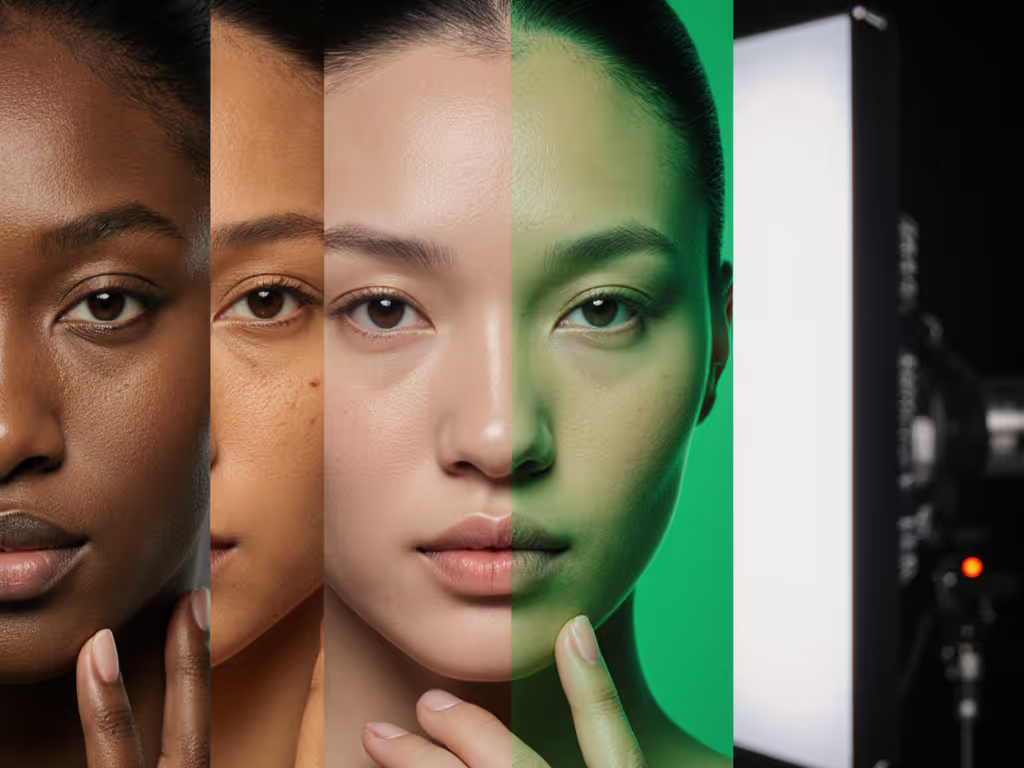
Why CRI Alone Will Burn Your Skin Tones
Most manufacturers lead with "90+ CRI" as a quality badge, but that's like judging a TV by its resolution alone. Color Rendering Index comparison reveals critical gaps:
- CRI 80-85: Makes reds (lipstick, blood vessels) desaturate. Subjects look sickly. Most budget panels live here. Skin tones lose vitality, products look cheap.
- CRI 90-95: The sweet spot for most residential work (per Waveform Lighting's data), but R9 values often lag. R9 measures deep red rendering, and a 90 CRI light with R9<20 still mangles tomatoes and rosacea.
- CRI 95+ with TLCI 95+: Mandatory for broadcast. TLCI (Television Lighting Consistency Index) weights skin tones heavier than CRI's pastel test swatches. Real-world impact: A 95 CRI/98 TLCI panel (like the Aputure 200x S) renders cheekbones with subtle warmth; a 95 CRI/80 TLCI panel makes them ashy under scrutiny.
Always demand TLCI scores alongside CRI. If a spec sheet hides it, assume skin tones will drift in post. Your client's lipstick isn't negotiable.
The Silent Killer: Power Stability = Color Consistency
Power source options dictate more than runtime, they affect spectral continuity. Here's how grid instability sabotages color:
- Voltage sag from shared circuits (common in old apartments): Causes CCT shifts. A 5600K bi-color panel dropping to 5400K under load adds unwanted green spill to skin. Solution: Battery-backed panels with voltage regulators (e.g., Aputure 200x S's 48V DC input) maintain color temp within ±100K during brownouts.
- Thermal throttling: Overdriven panels dim as heatsinks saturate. The Godox SL-60W's fan ramps to 38 dB(A) at 1m after 20 minutes, but its thermal management keeps output steady (critical for 30+ minute interviews). Flags thermal throttling behavior in your gear log.
- PWM flicker: Cheap AC/DC converters pulse at 100-120 Hz. At 180° shutter angles, this causes banding even in 24p. Battery operation eliminates this (a key reason I stage battery keys as primaries).
Practical test: Run your panel at 100% on AC, then unplug to battery. Monitor color temp via spectrometer. If it jumps >300K, you'll battle color shifts during shoots.
Brightness Adjustment Range: Why Dimming Matters More Than Peak Output
Maximum lumens are irrelevant if your panel can't dim cleanly to 5% for close-up beauty shots. Brightness adjustment range affects two critical use cases:
- Small-space fill: In 8-9 ft ceilings, you need lights that stay color-accurate below 10% intensity. Many panels shift blue as they dim, catastrophic for candlelit scenes. Test: Meter a panel at 100%, 50%, and 5% output. Verify CCT holds within ±200K.
- Hybrid photo/video workflows: Stills demand higher intensity than video. A panel with 500-17,000 lux range (like the Aputure 200x S) lets you shoot stills at f/8 then drop to f/2.8 for video without changing modifiers.
Pro tip: Note dB(A) at one meter when dimmed to 5%. If it's >25 dB, audio post will eat your edit time. True fanless panels (e.g., Aputure's silent mode below 70% intensity) are worth the premium. For tested picks, see our quiet portable video lights guide.
Portability Assessment: Weight vs. Thermal Mass
Portability assessment isn't just about backpack space, it's thermal physics. Lightweight panels (under 5 lbs) heat faster, forcing throttling during run-and-gun shoots. Heavy panels (8+ lbs) maintain output but strain your shoulder. The compromise:
| Panel Weight | Runtime @ 100% | Thermal Behavior | Ideal Use Case |
|---|---|---|---|
| <5 lbs | 45–60 mins | Throttles at 25°C ambient | Short interviews, travel kits |
| 5–8 lbs | 90–120 mins | Steady until 32°C ambient | Full-day hybrid shoots |
| >8 lbs | Unlimited (AC) | Fan noise >30 dB(A) | Studio/static setups only |
The Godox SL-60W (5.83 lbs) hits the mobility sweet spot, and it states current draw at 2.1A (AC) for 2-hour runs on Sony NPF batteries. But its fan activates at 75% intensity (notes dB(A) at 34 dB) where silence matters. For vows or ASMR content, choose weight for thermal headroom.
Hybrid Workflows: Syncing Photo & Video Color Out-of-Camera
Mismatched stills/video color stems from two avoidable errors:
- Different white balance targets: Using a gray card for photos but eyeballing video WB. Fix: Shoot an 18% gray card clip at video start, then use that WB value for RAW stills.
- Ignoring TM-30 metrics: CRI/TLCI alone miss color saturation shifts. TM-30 Rg >100 means oversaturated hues (good for product glamour); Rg <95 drains vibrancy. The Aputure 200x S's Rg:101 delivers true-to-life saturation for cosmetics without post-tweaking.
Real-world test: Place a Pantone color swatch next to skin. Under a 95 CRI/85 TLCI panel, the swatch's reds will dull while skin looks fine. Under 95 CRI/98 TLCI, both hold fidelity. Quiet, cool, color-true without hunting for outlets or breakers starts here.
Actionable Next Step: Build Your CRI-Verified Workflow
Stop gambling on skin tones. Today:
- Audit your panels: Run a TLCI test via SpectraCam app. Discard anything below 85.
- Stage battery backups: Even AC panels (like Godox SL-60W) need Anton/Bauer bricks for circuit stability. States expected runtime (e.g., "2 hours @ 75% on 98Wh battery").
- Log thermal behavior: Note ambient temp, brightness, and CCT drift every 15 minutes during a 1-hour shoot.
- Demand R9 values: If a manufacturer won't share it, skip it. Your clients' complexions depend on it.
Hybrid shoots thrive on predictability, not peak wattage. When the grid hiccups, your color stays locked. Your audio stays clean. Your client trusts what they see. Quiet is a feature you pay for in stress reduction, not just specs.
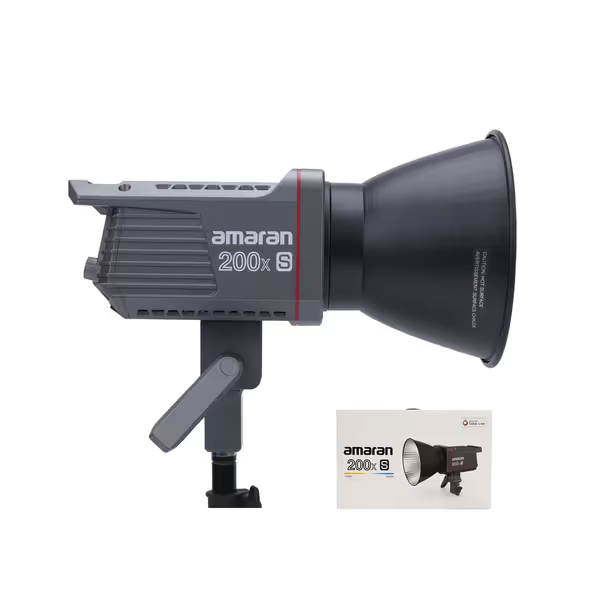
amaran 200x S Bi-Color LED Video Light
The Aputure 200x S delivers this stability: CRI 95+/TLCI 98+ with silent operation below 70% intensity, 48V battery compatibility, and thermal throttling held to ±0.5% output variation. Its 2,700K-6,500K range covers 99% of hybrid scenarios without color spikes (critical when matching practicals in real rooms). At 9.18 lbs, it balances thermal mass and portability for all-day shoots where breakers trip and clients watch your every move.
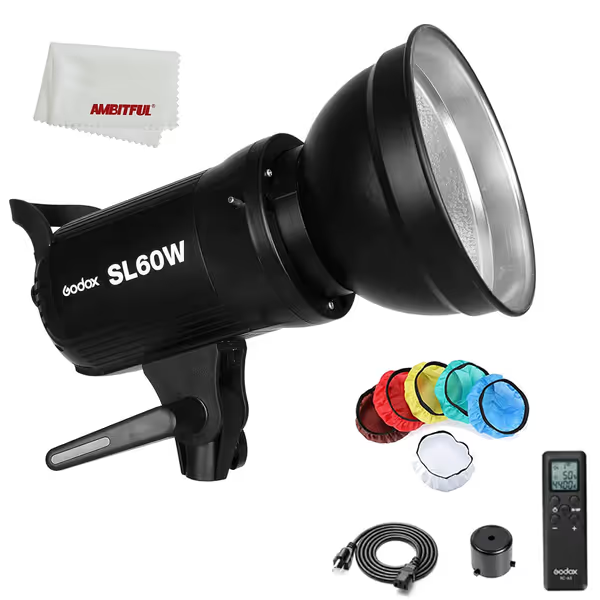
GODOX SL-60W 5600K Continuous LED Light
For budget-conscious mobility, the Godox SL-60W offers CRI 95+ at a fraction of the cost. Notes dB(A) at 34 dB when its fan spins (manageable for B-roll, but avoid for silent interviews). Its wireless 433 MHz grouping simplifies multi-panel setups in cramped spaces, though brightness adjustment range drops sharply below 10% intensity. Ideal as a battery-powered fill light where weight (<6 lbs) outweighs the need for absolute silence.

